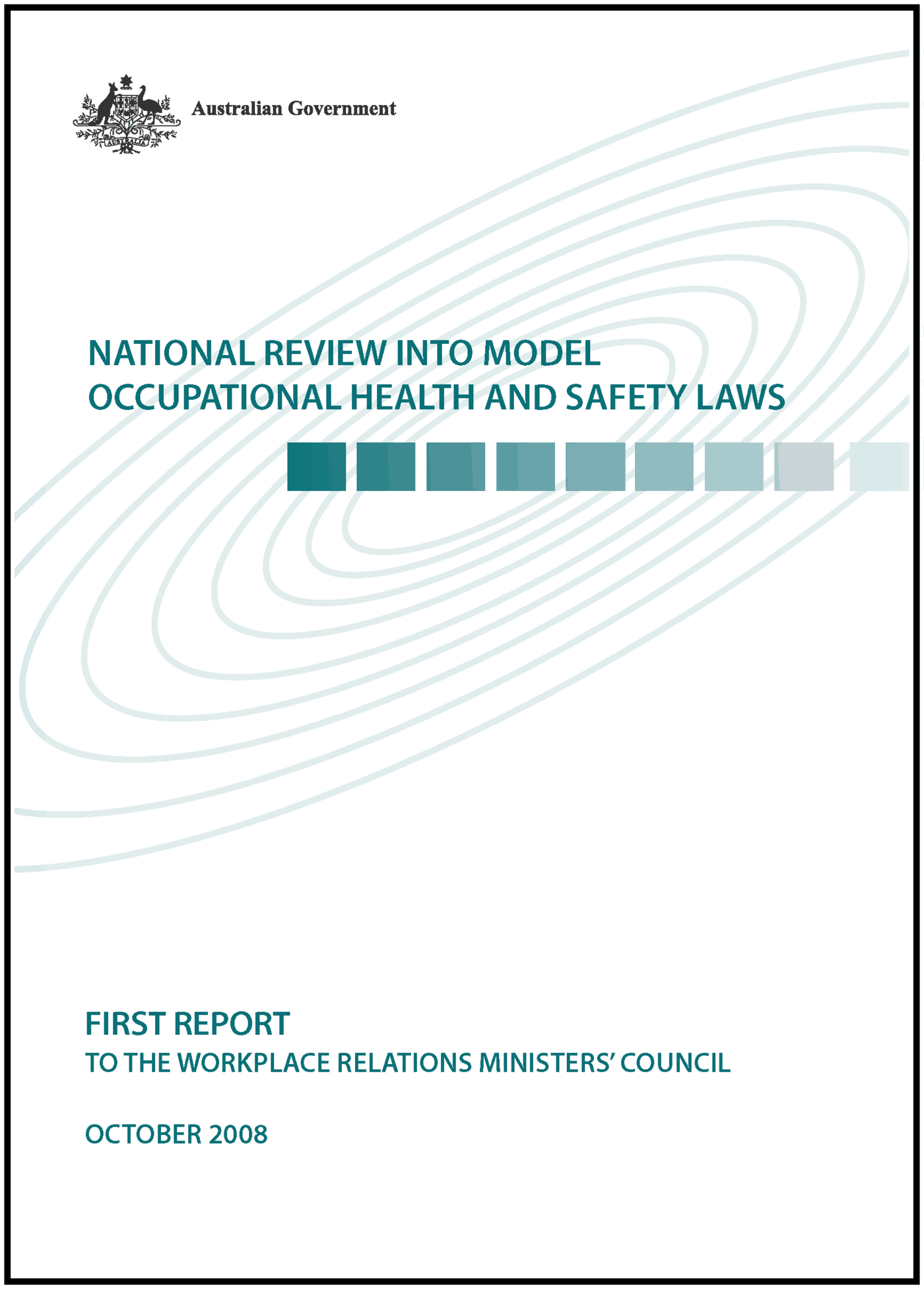On 29 October 2008, WorkSafe Alberta released a series of graphic workplace safety ads under the banner “BloodyLucky”. They are as confronting as the recent WorkSafe Victoria ads and raise many of the same questions about appropriateness, applicability and effectiveness.
The website www.bloodylucky.ca has a cheesy format that doesn’t fit with the explicit nature of the ads. It is as if they want to blunt some of the impact by adding cheesy humour but it is confusing. It may be that they intend the cinema presentation to mask the initial advertising impact so that the crush injury from the forklift or the chemical burns to the young girl have maximum shock value.
Overall the ads are confusing and the ironic title “bloody lucky” doesn’t work on all the ads.
Recently a domestic violence campaign in Australia went with an ironic “thank you” message against inaction and compliance. This misses the target also except on the ad of the adult male shutting the bedroom door through which we view a young girl. That ad is genuinely disturbing. [links will be provided when available online]
Compare this to the student-produced video that is effective and dramatic without being extreme, bloody or weakly humourous. This ad is a little long for a commercial ad but as a short safety video it works very well and the positive steps that can be taken are part of the ad, not an obscure link.


